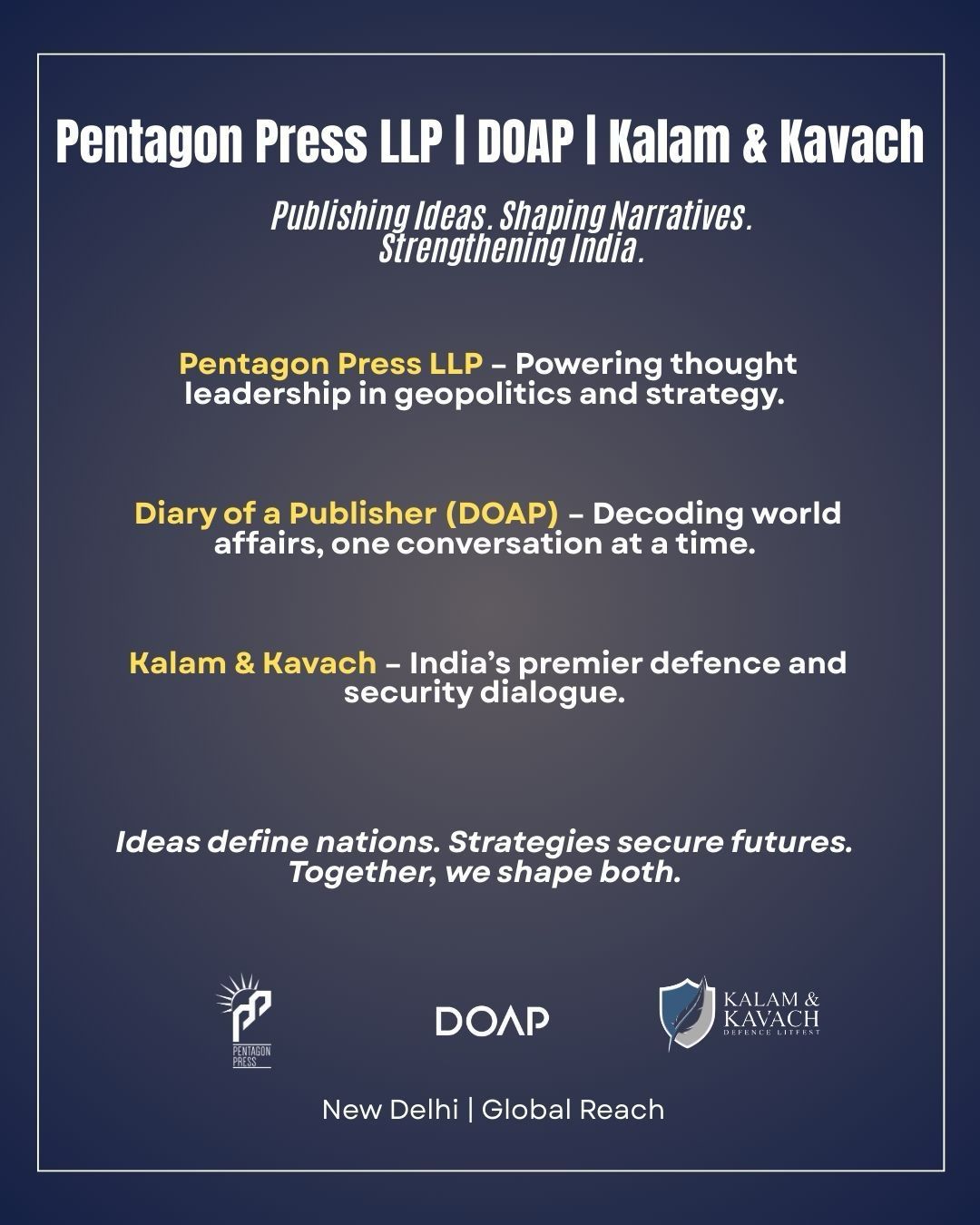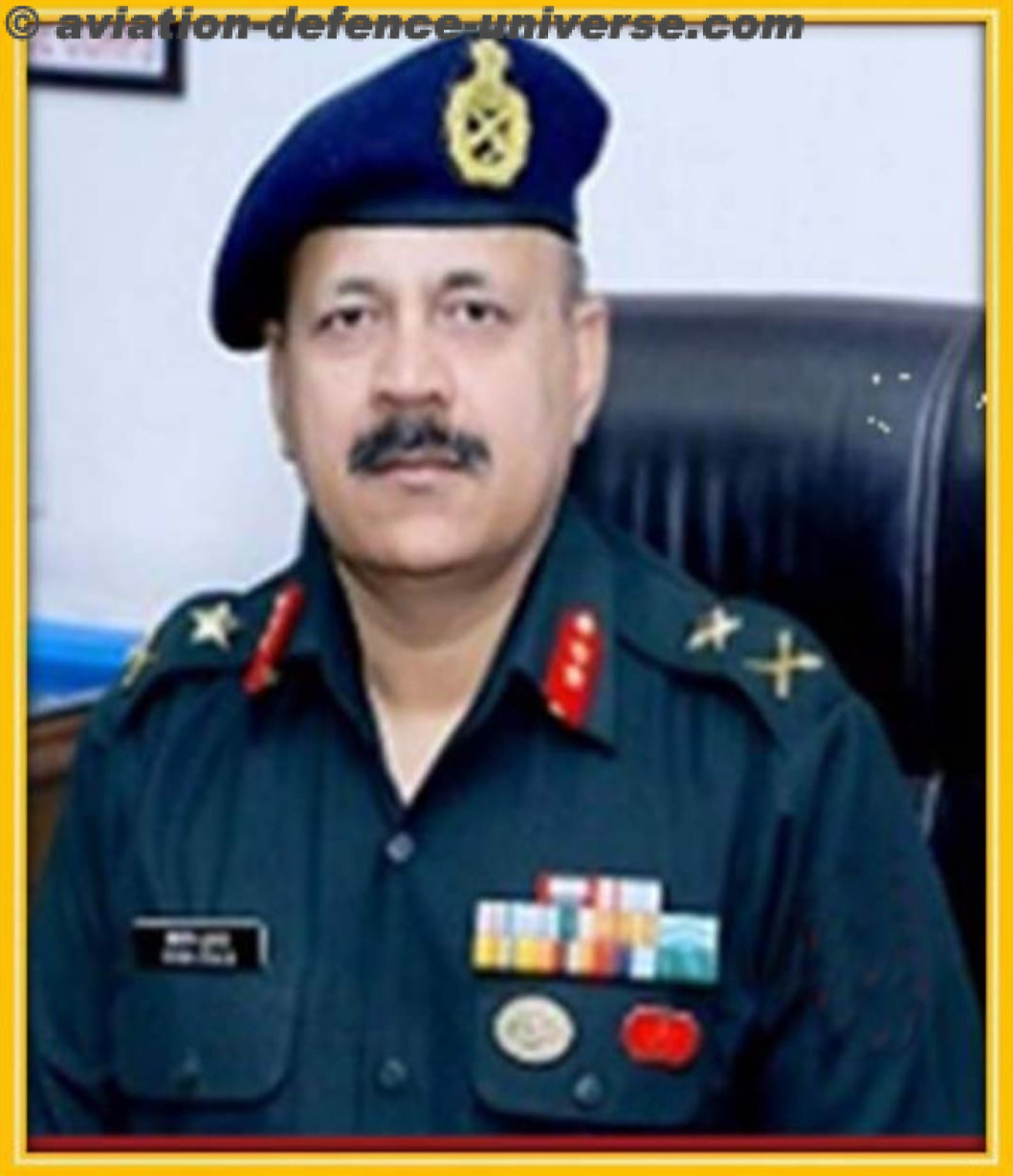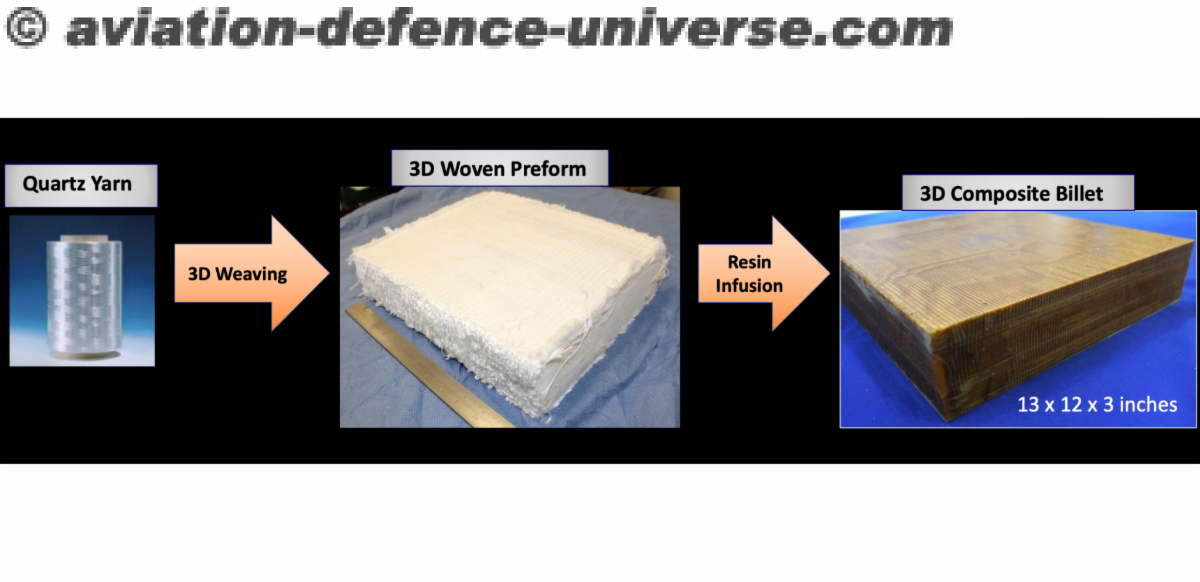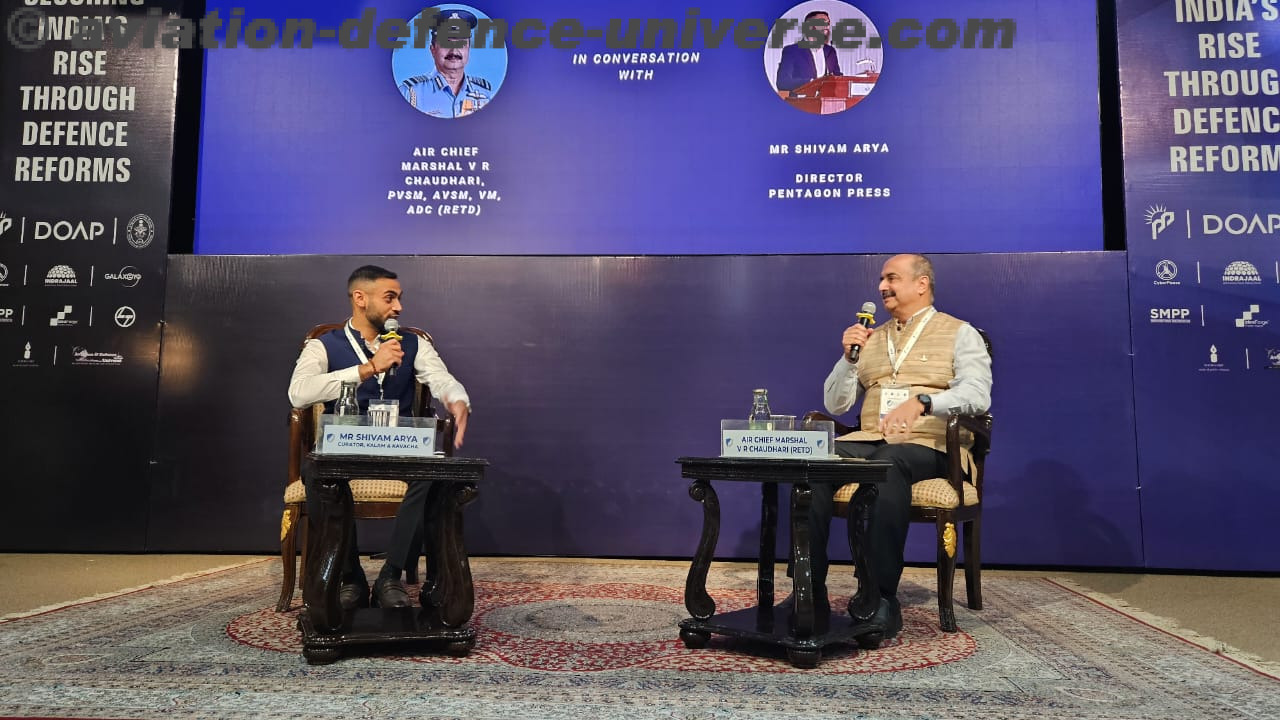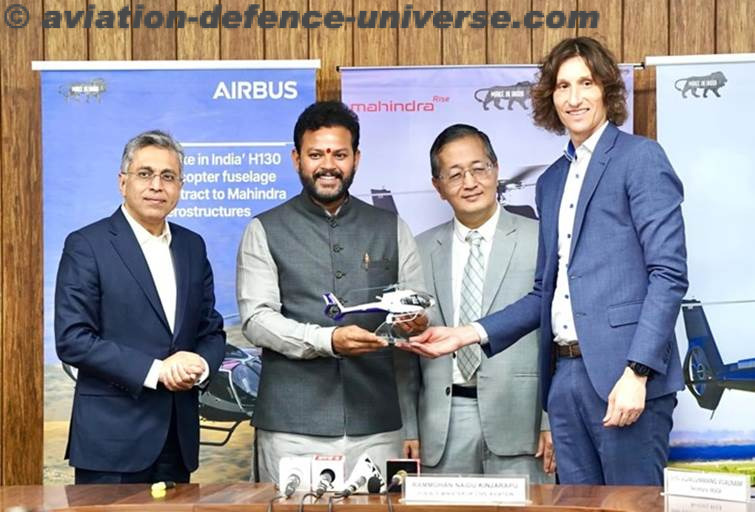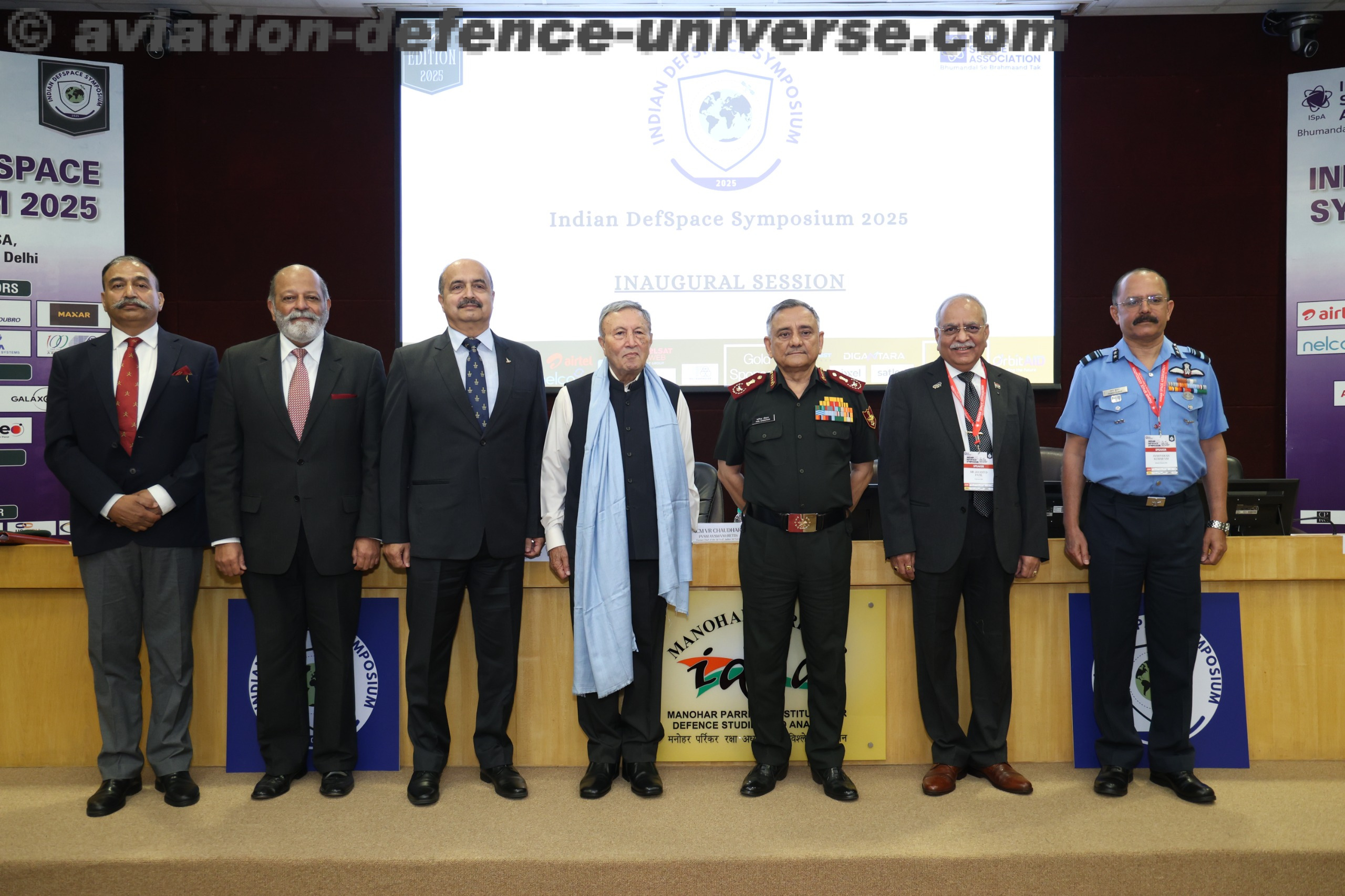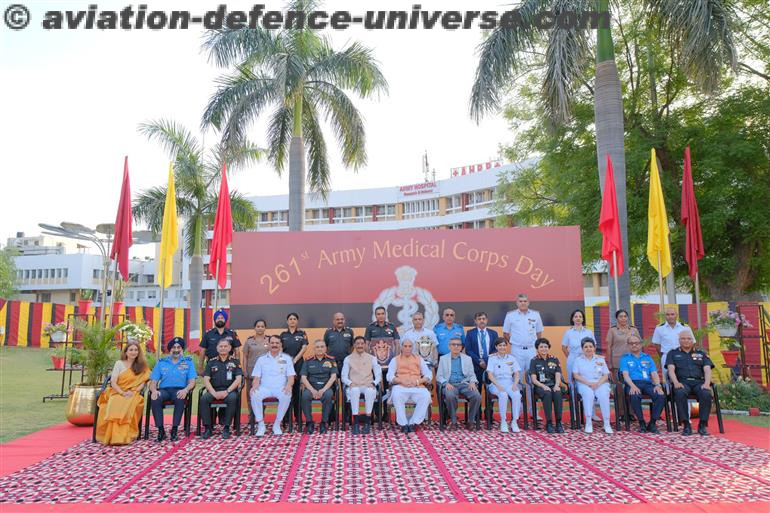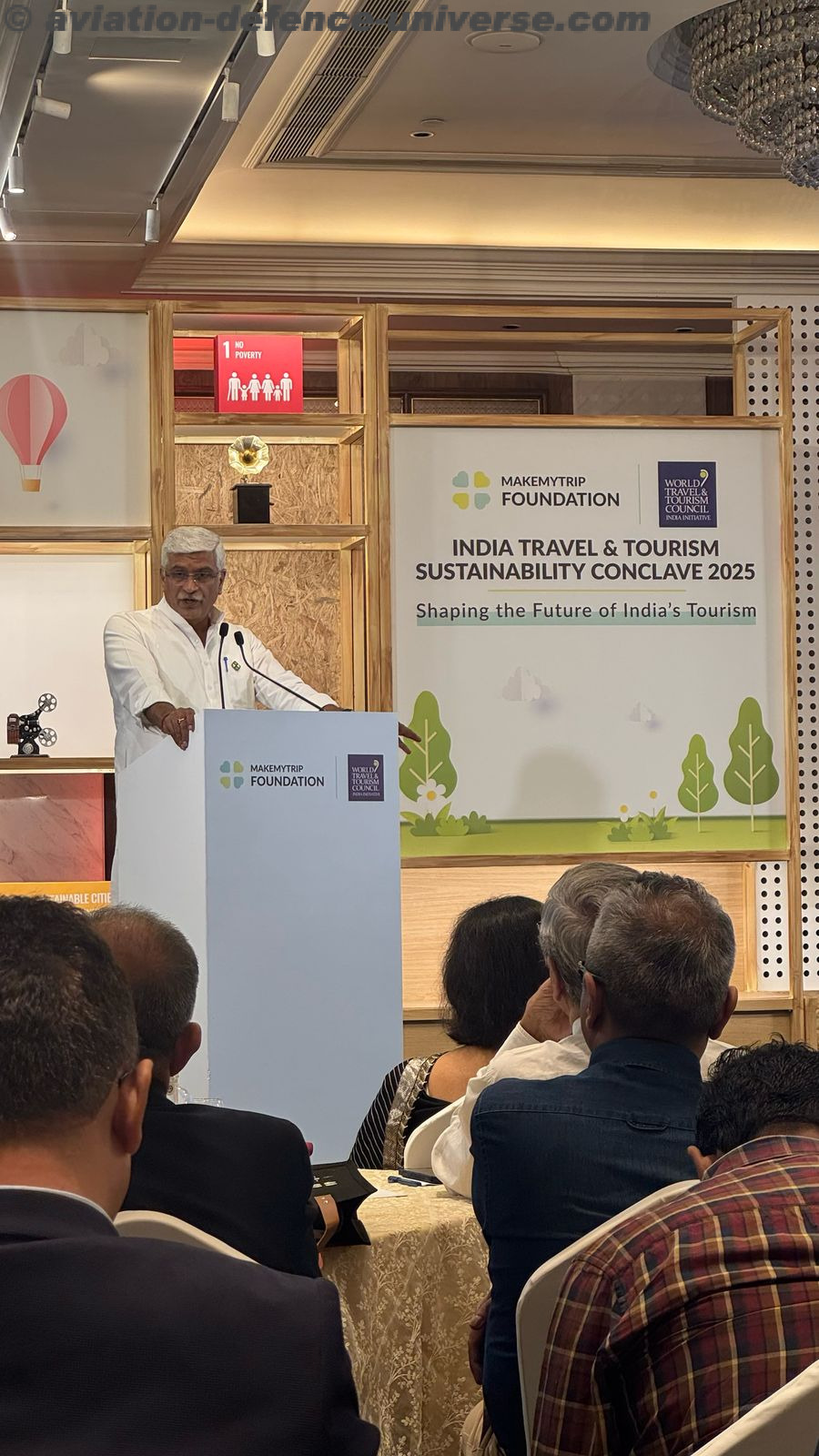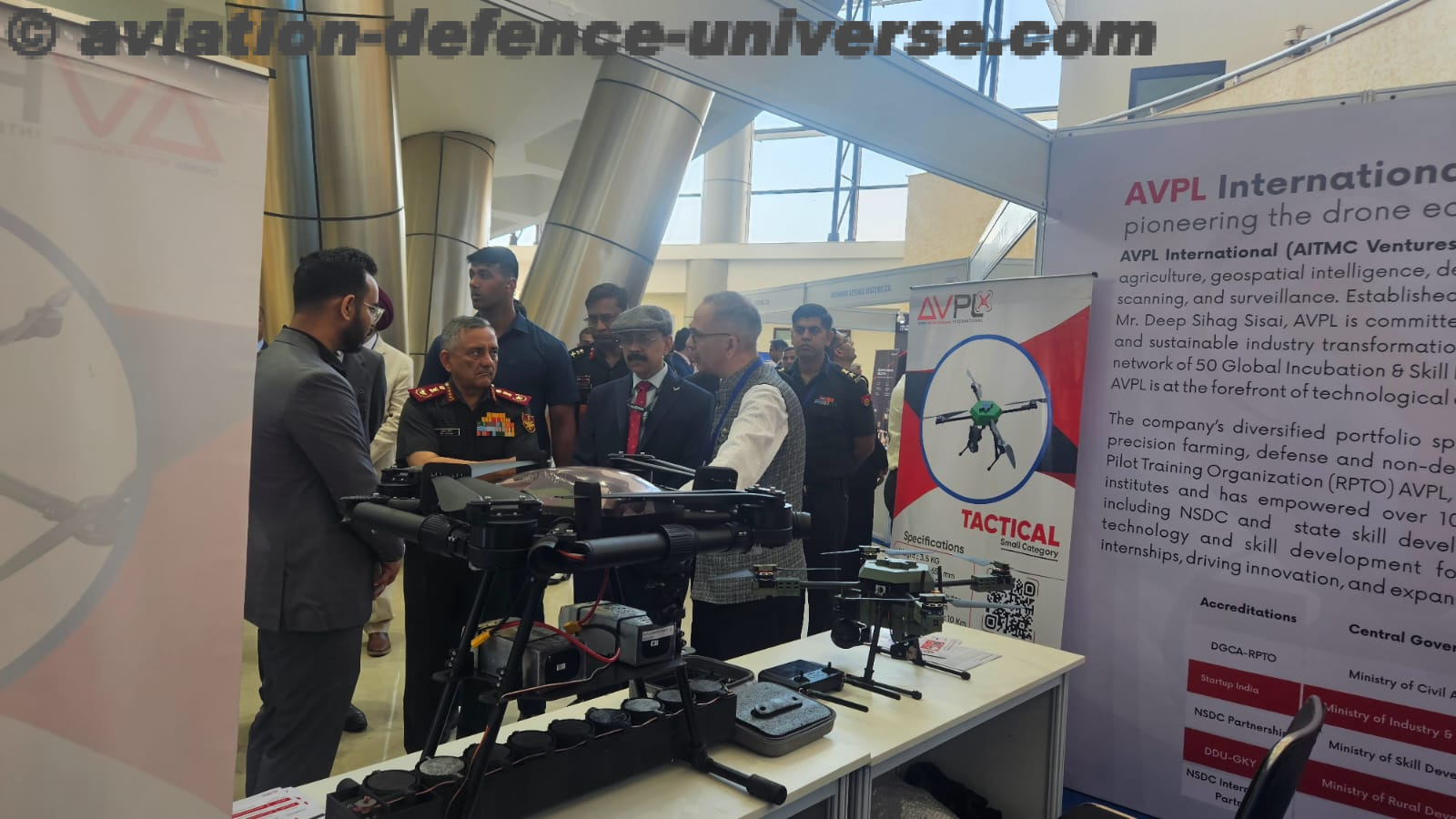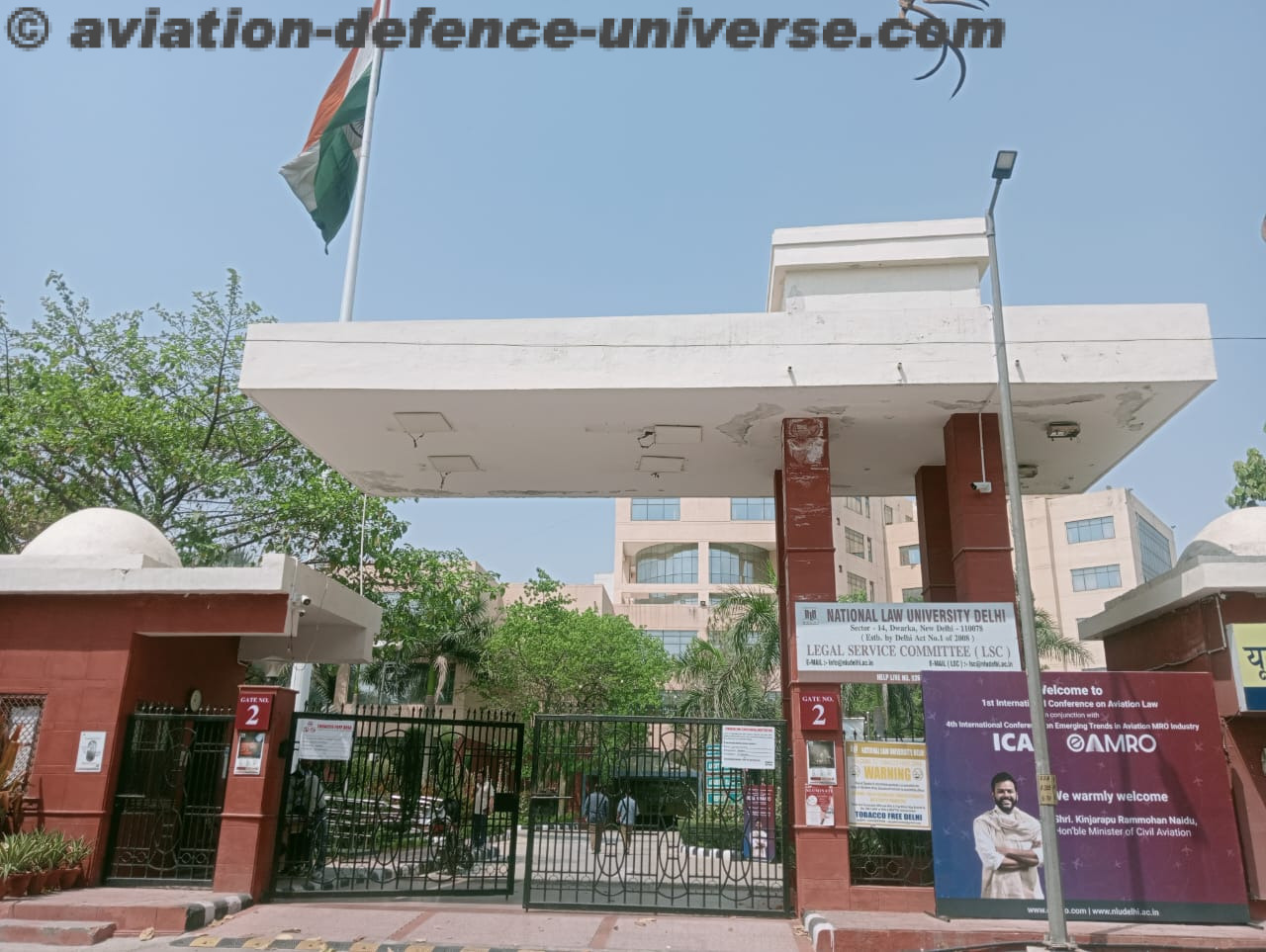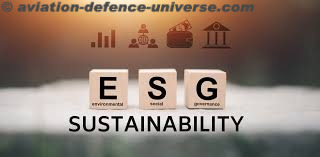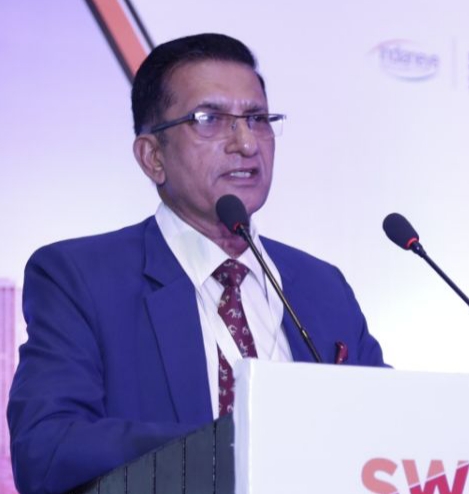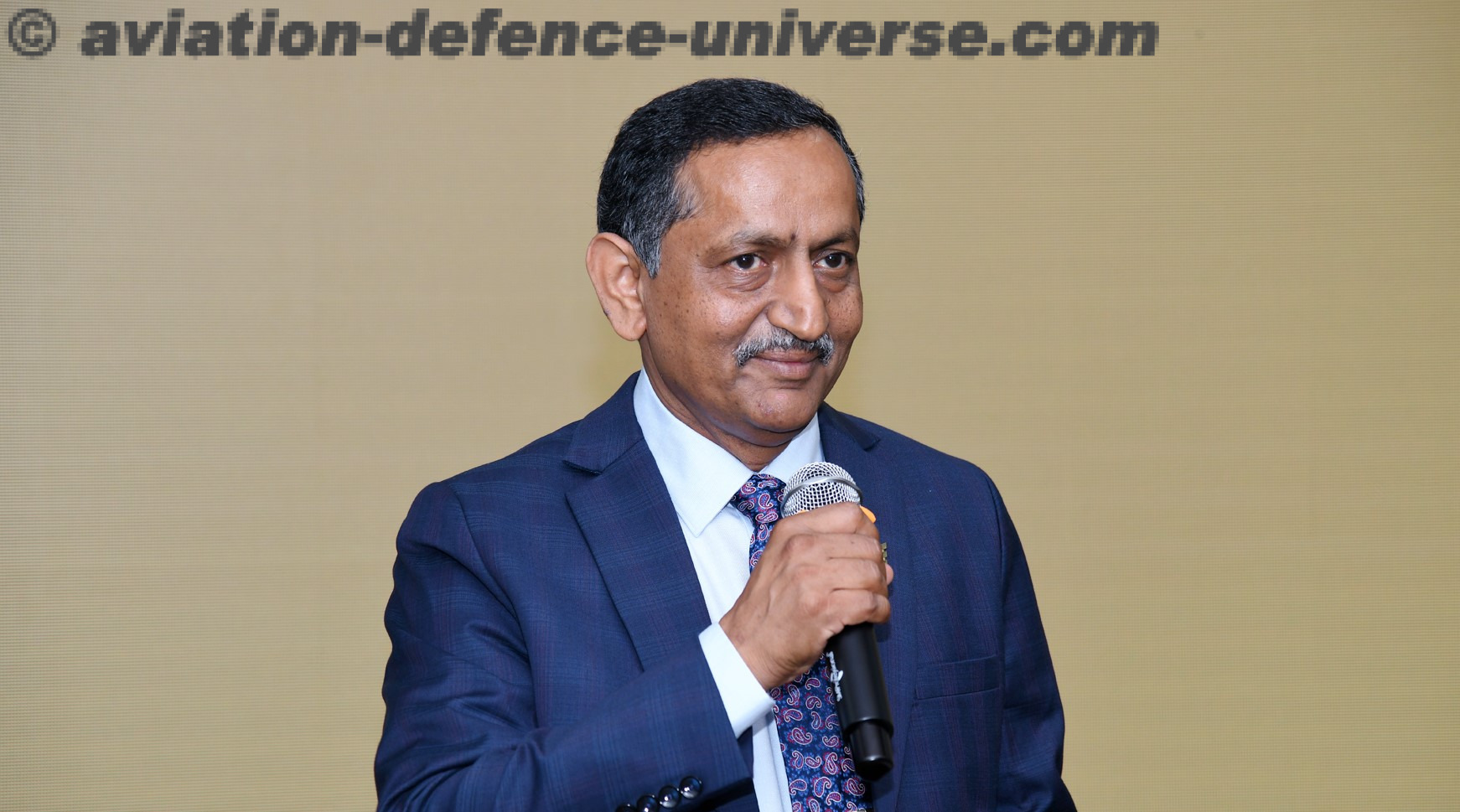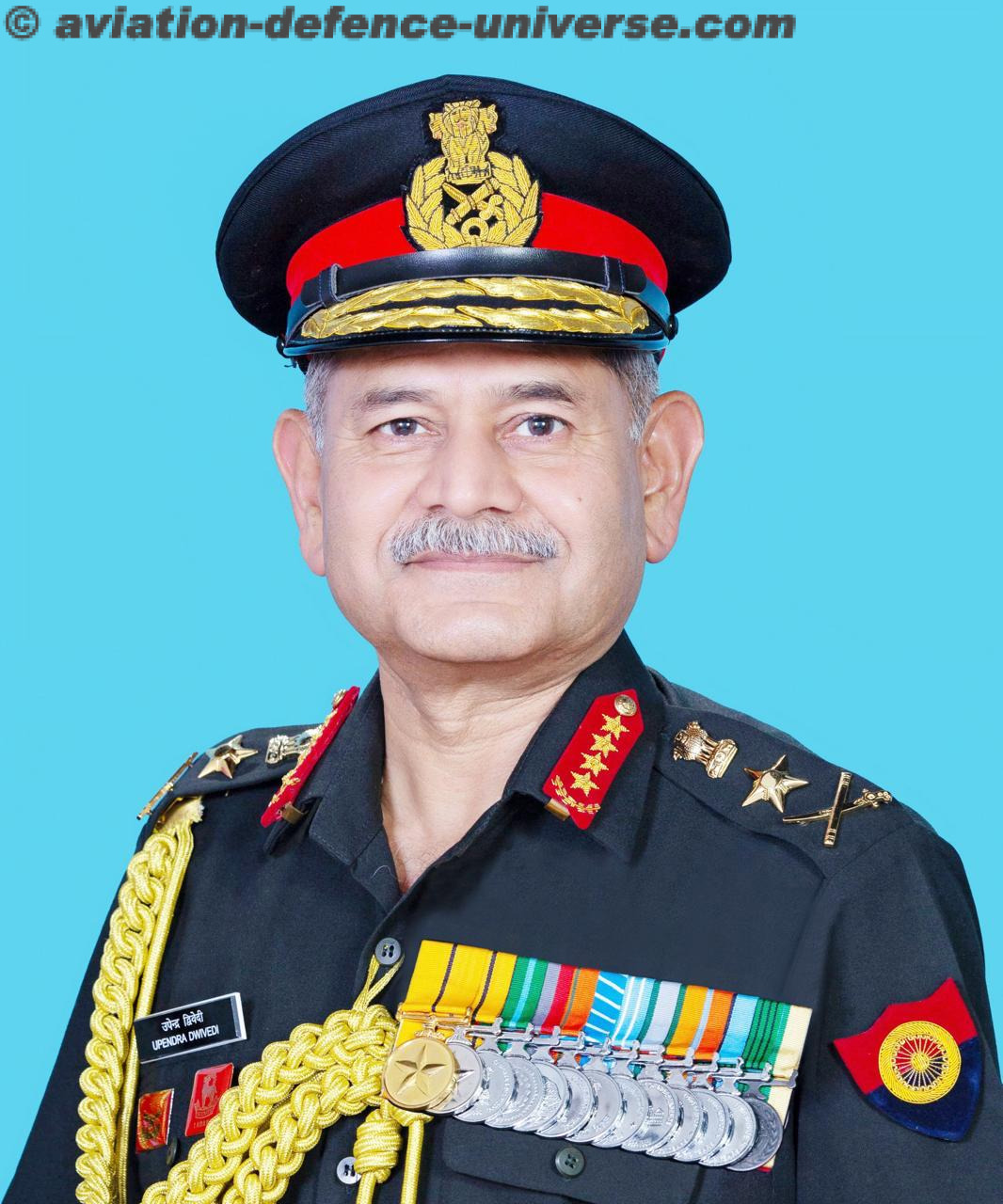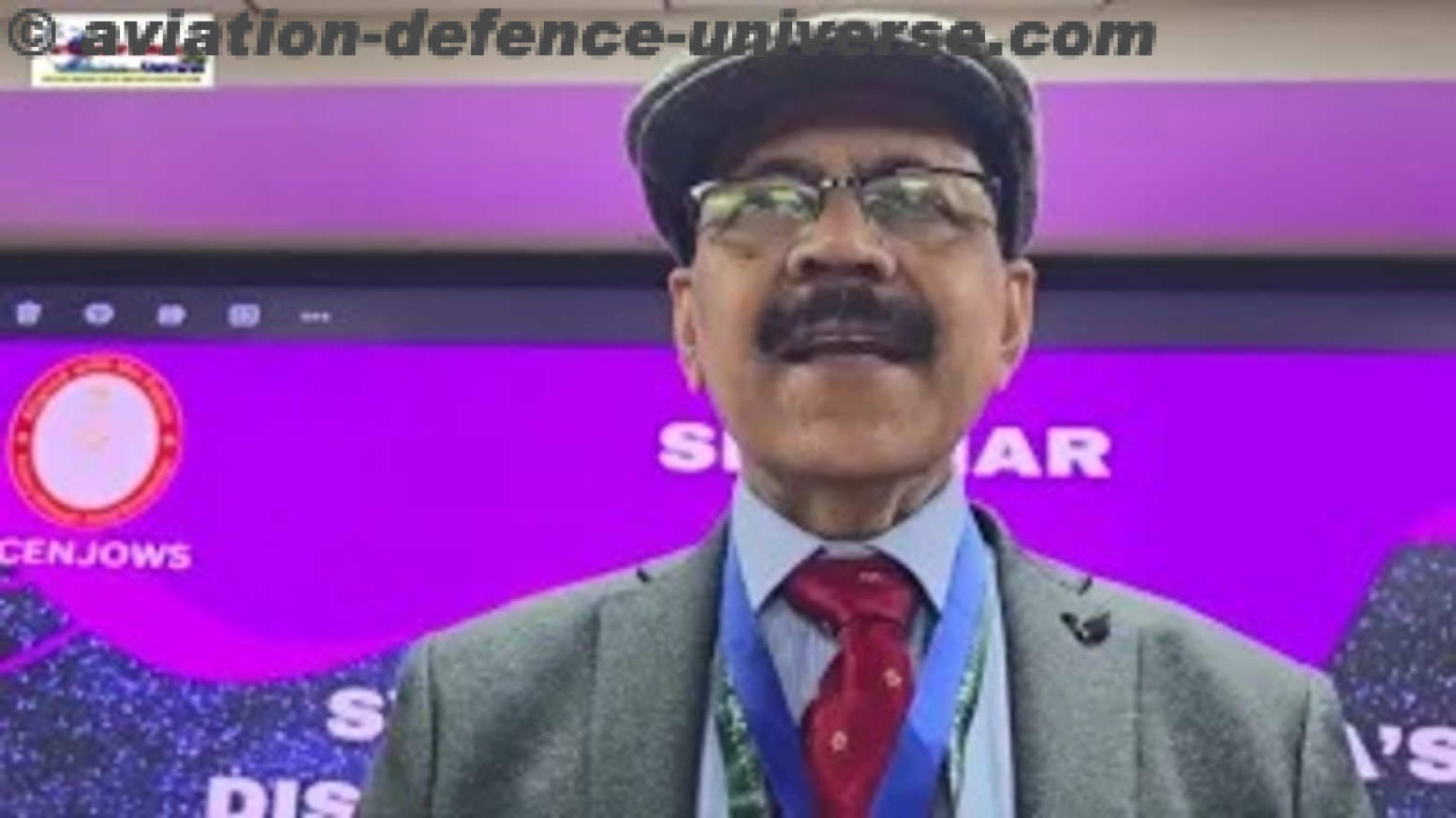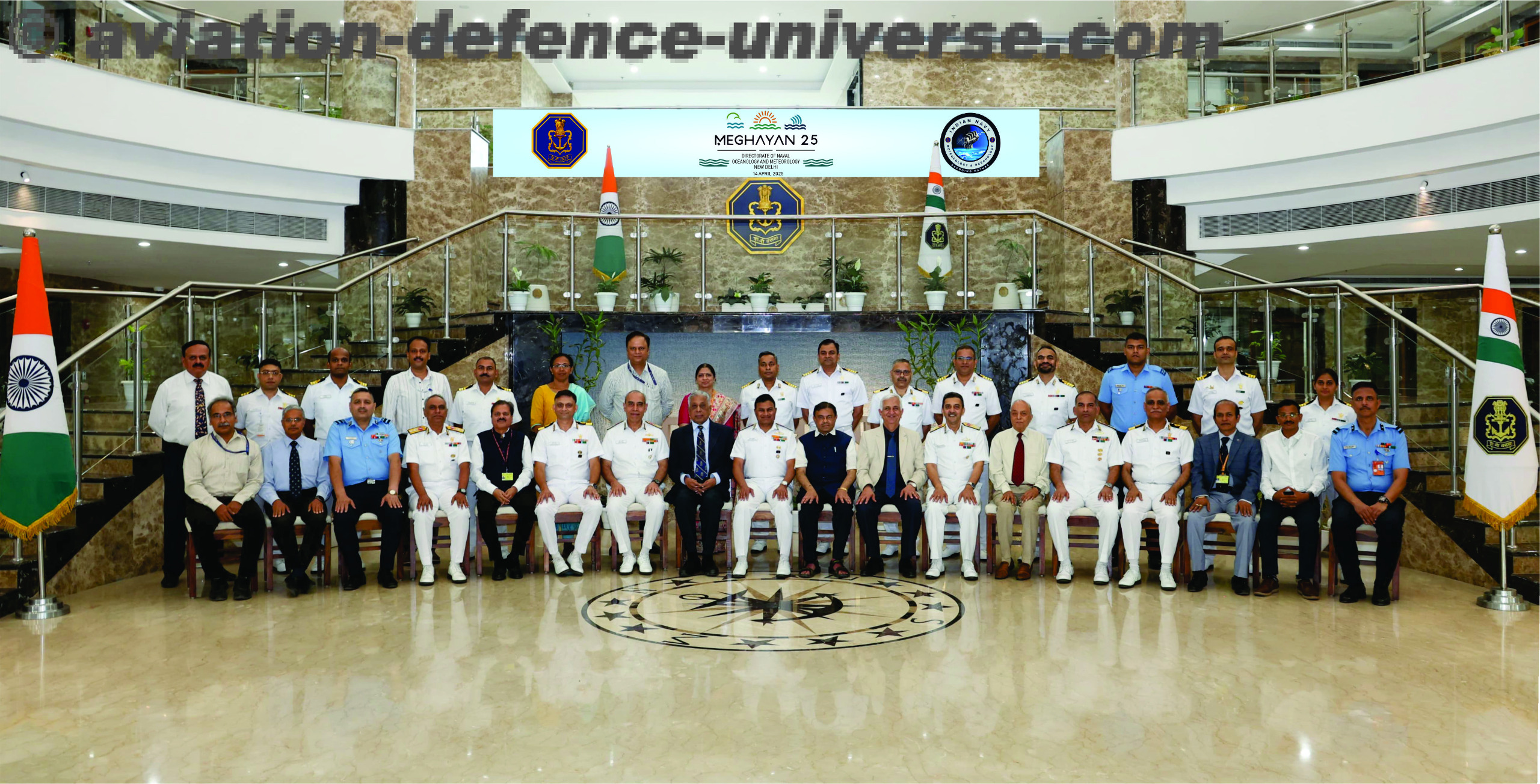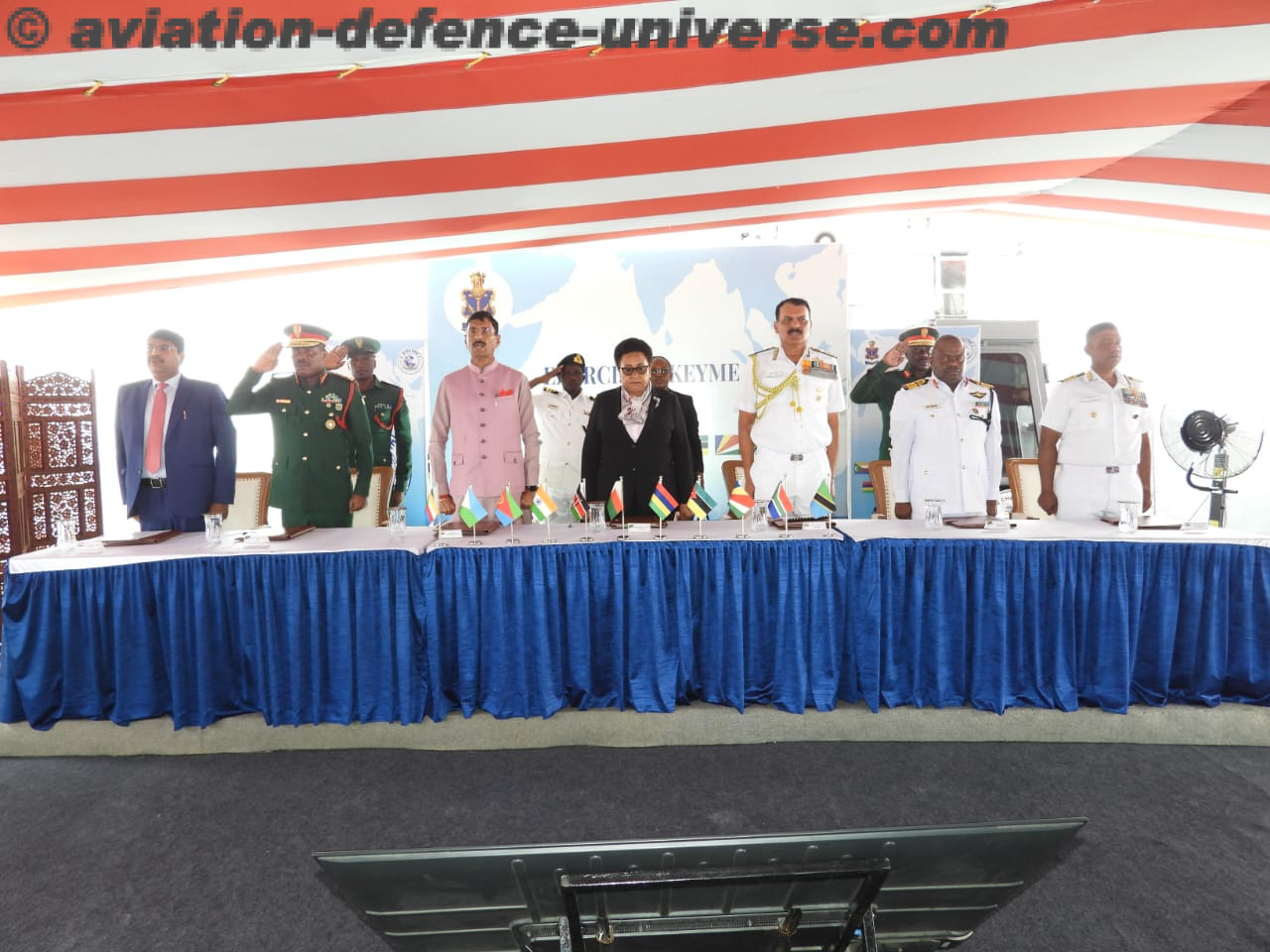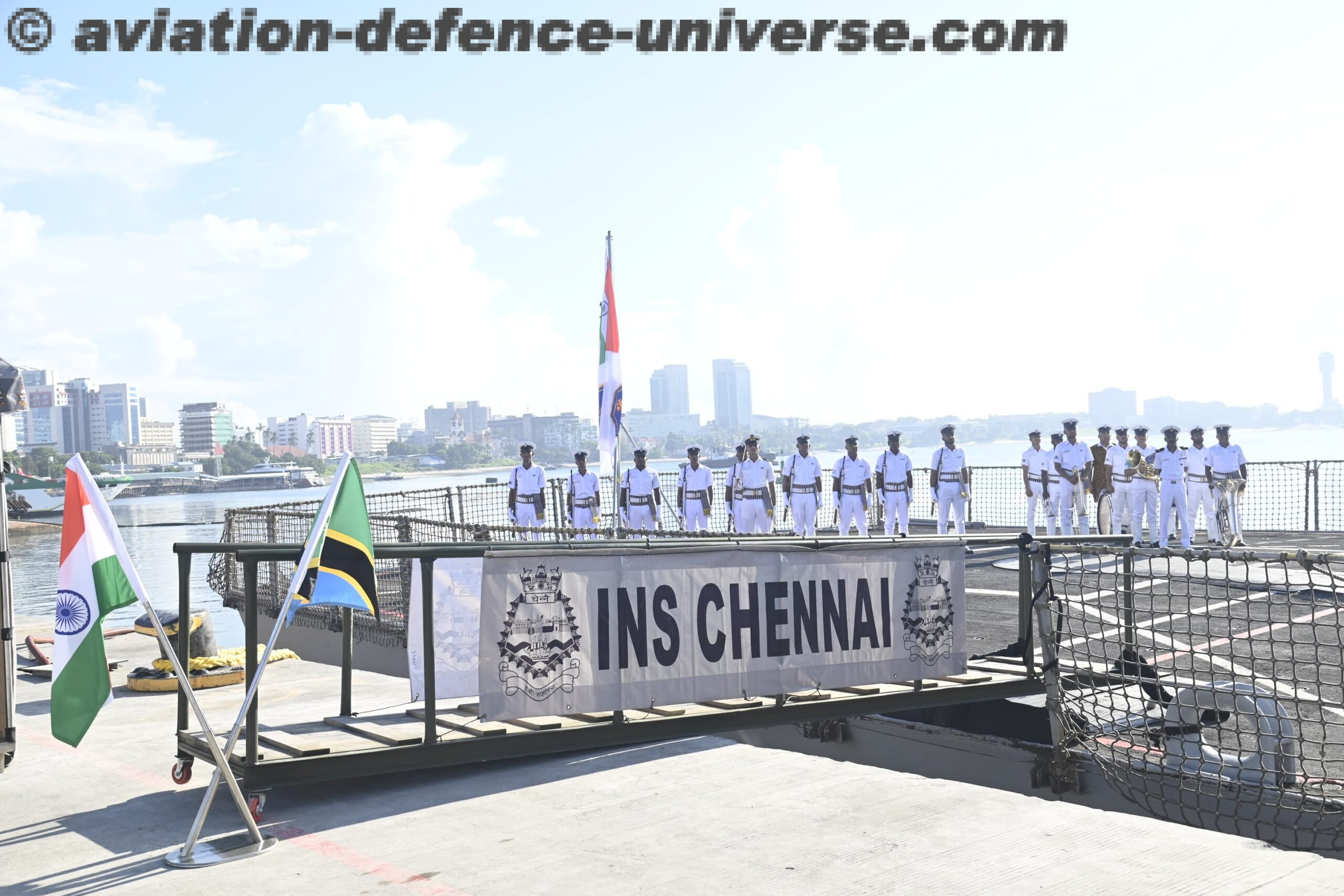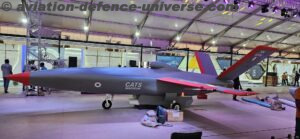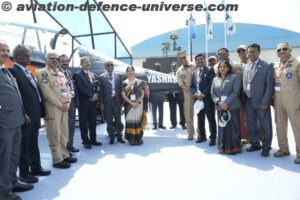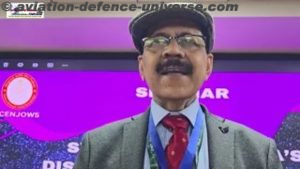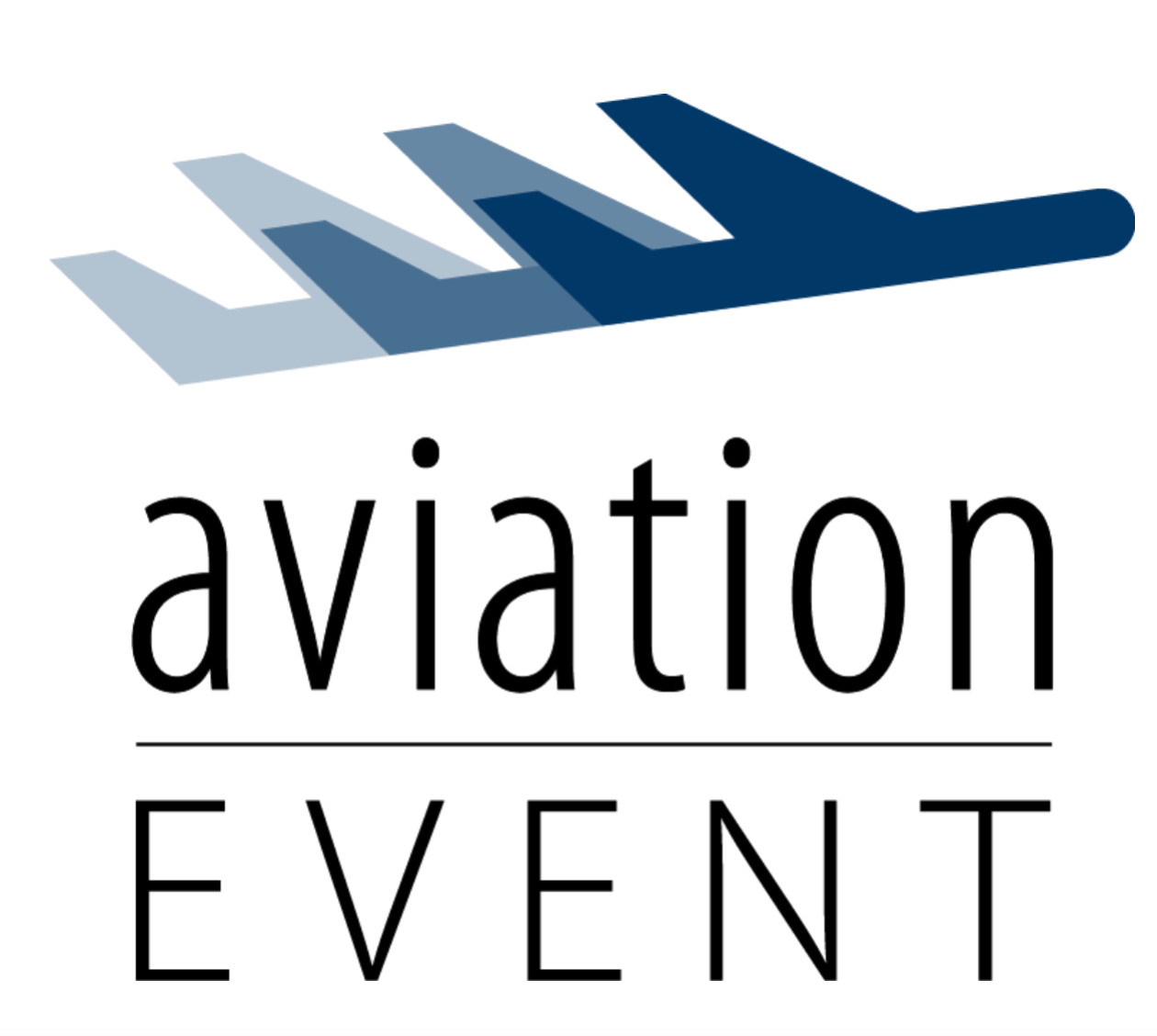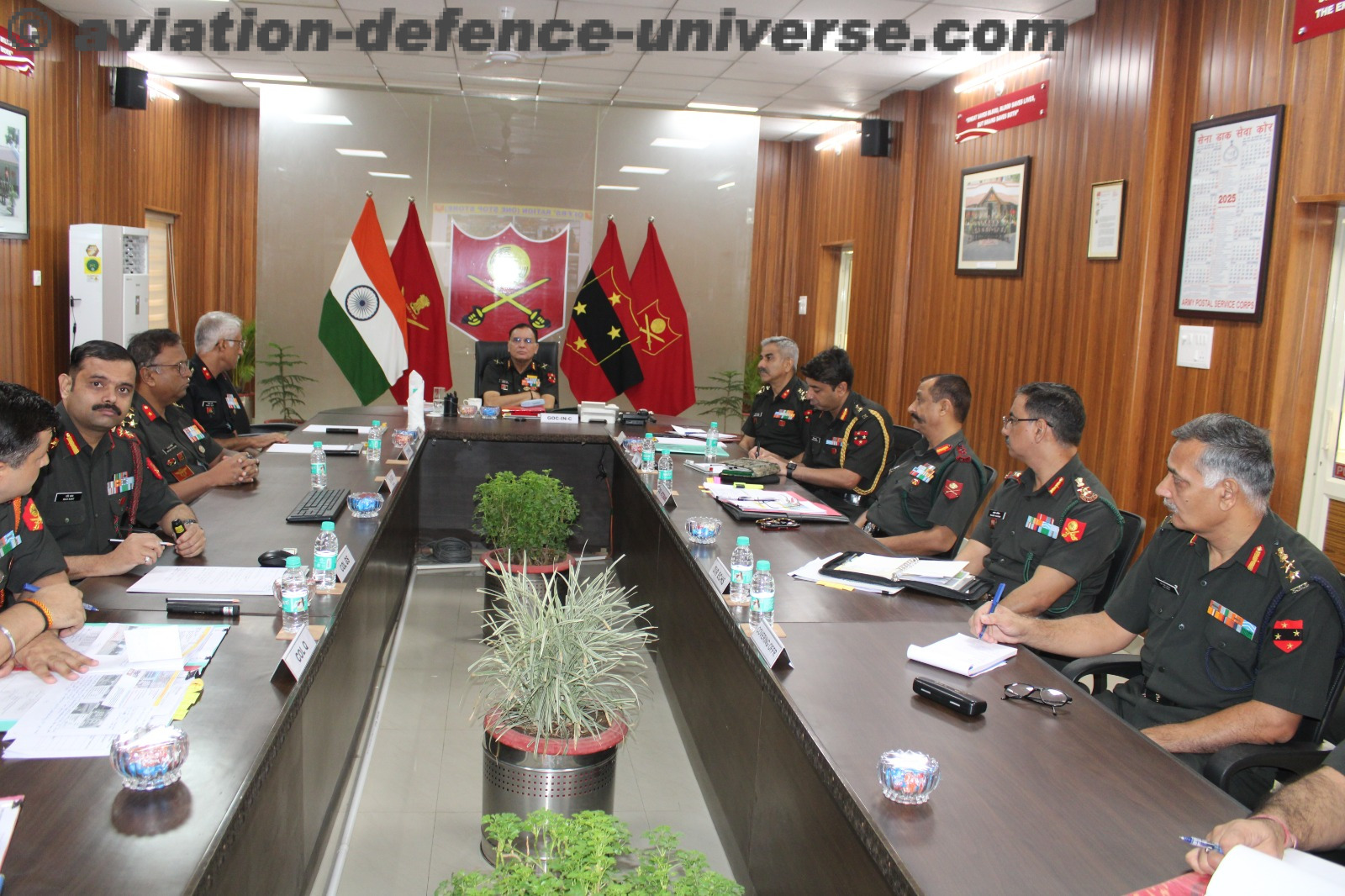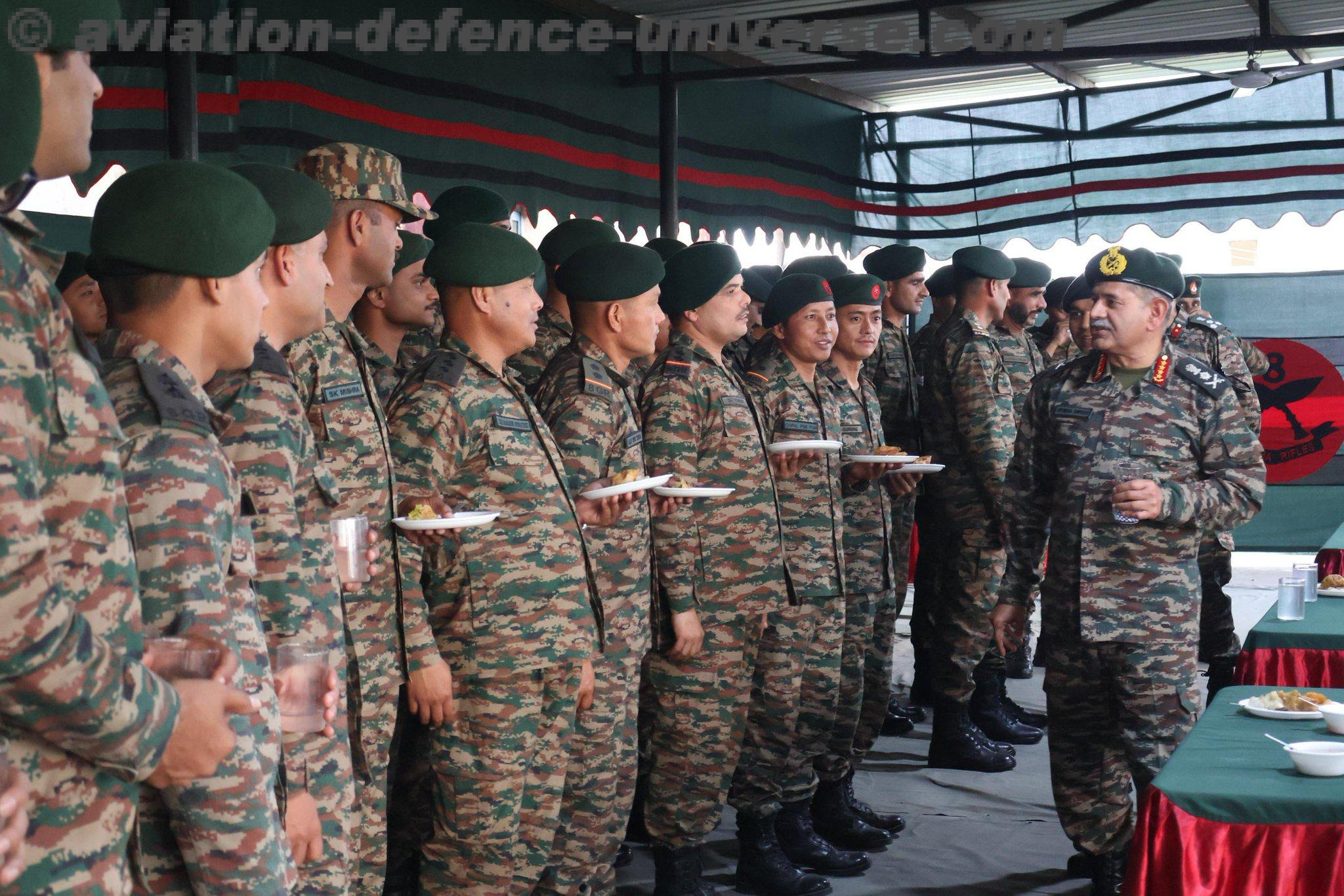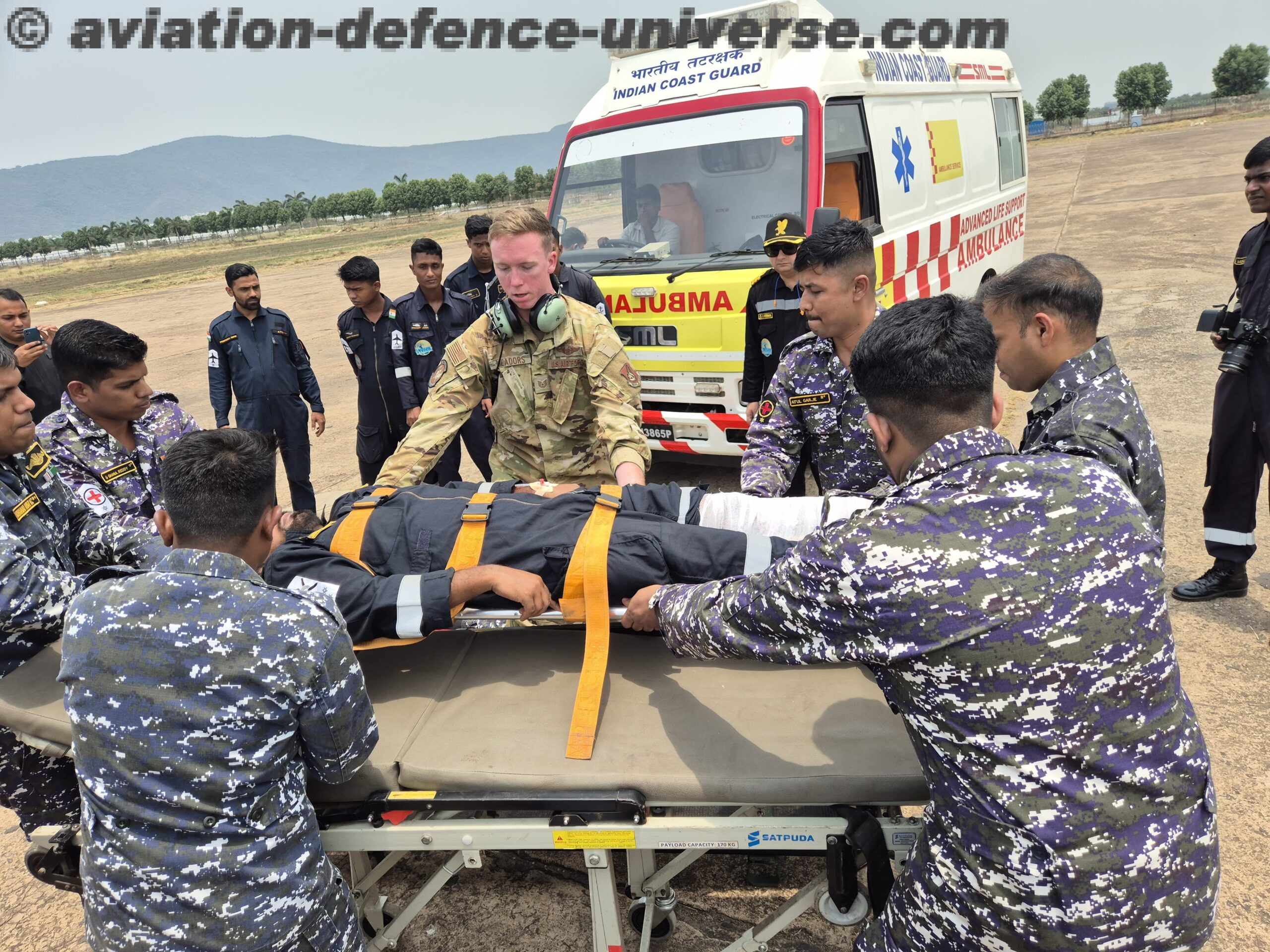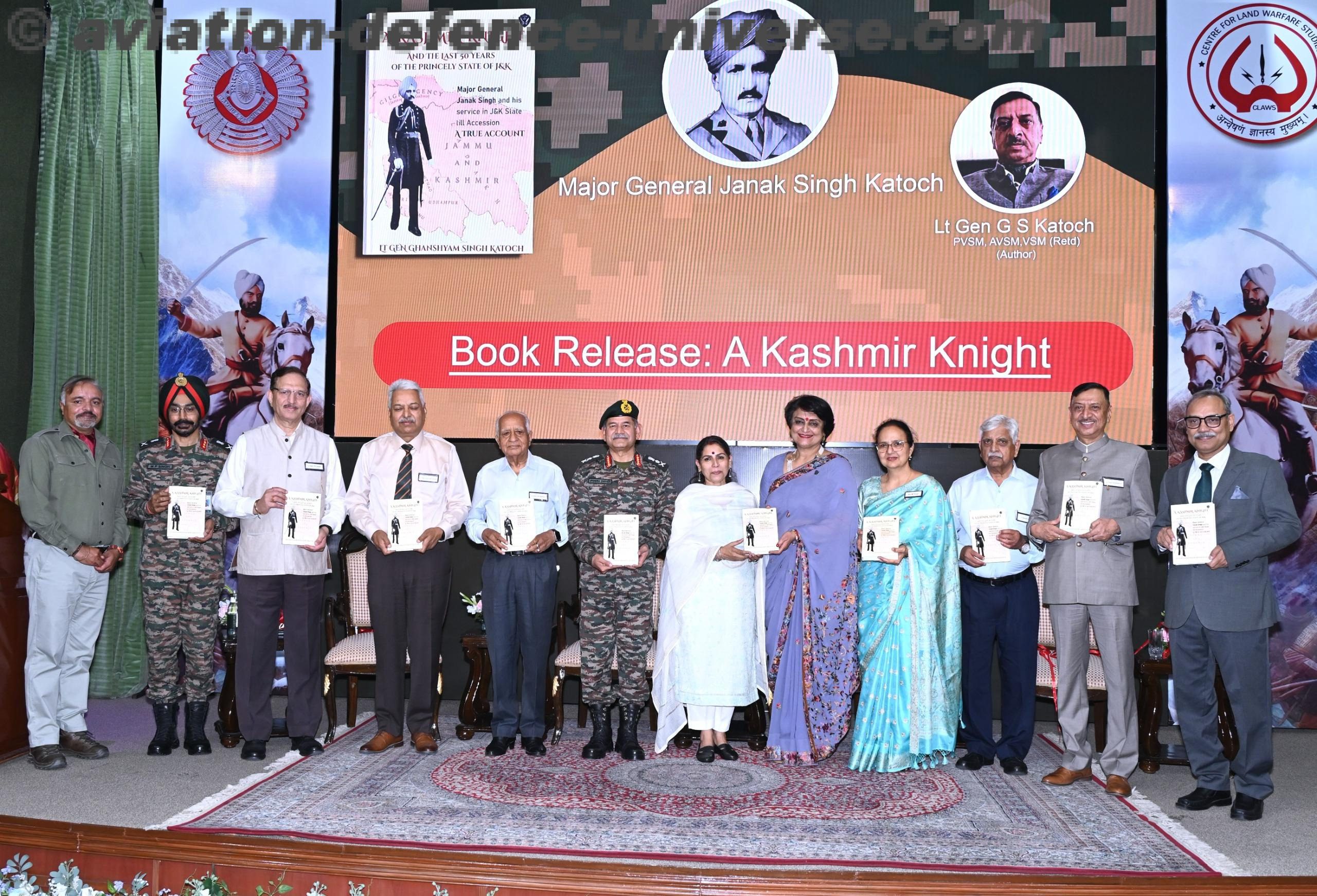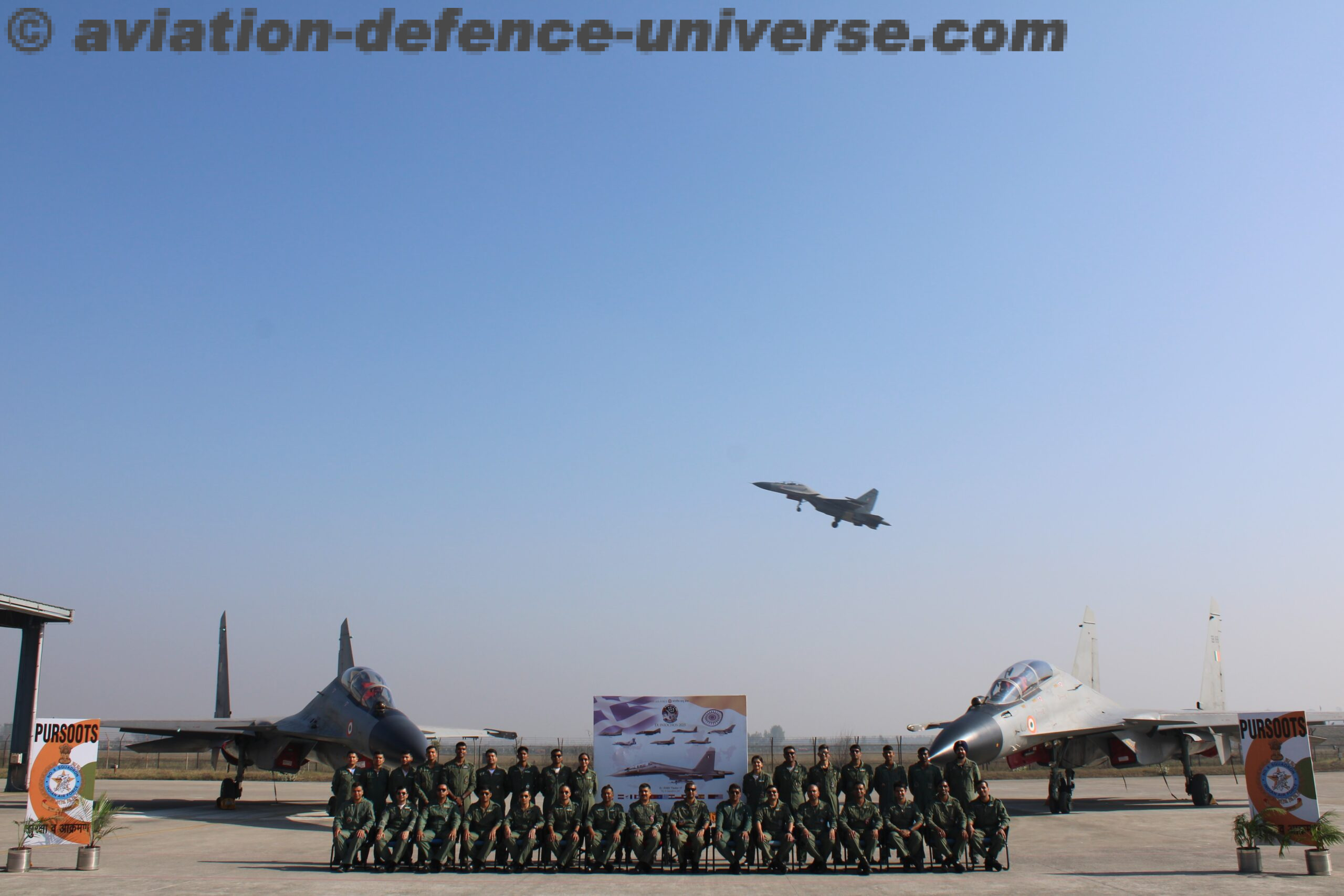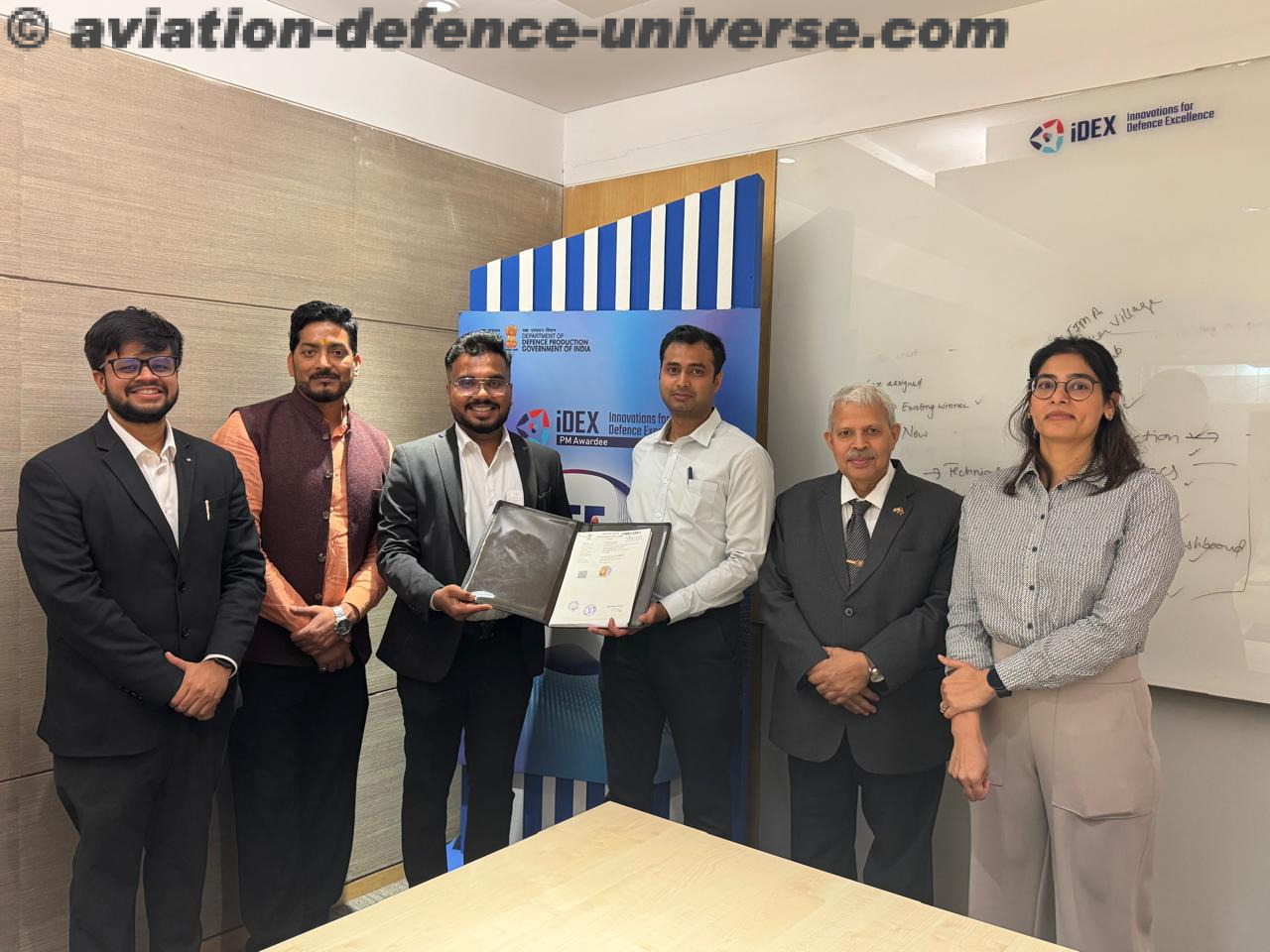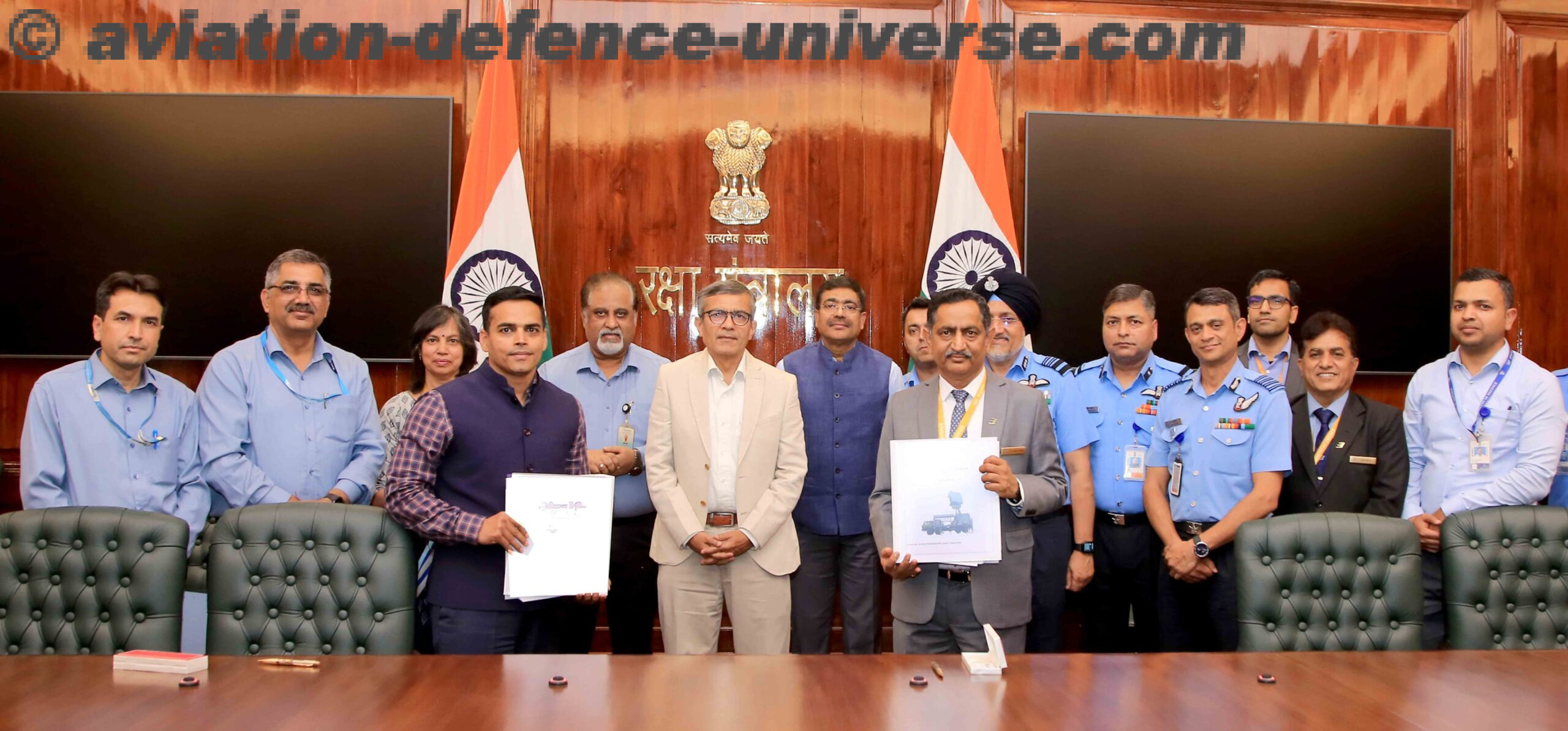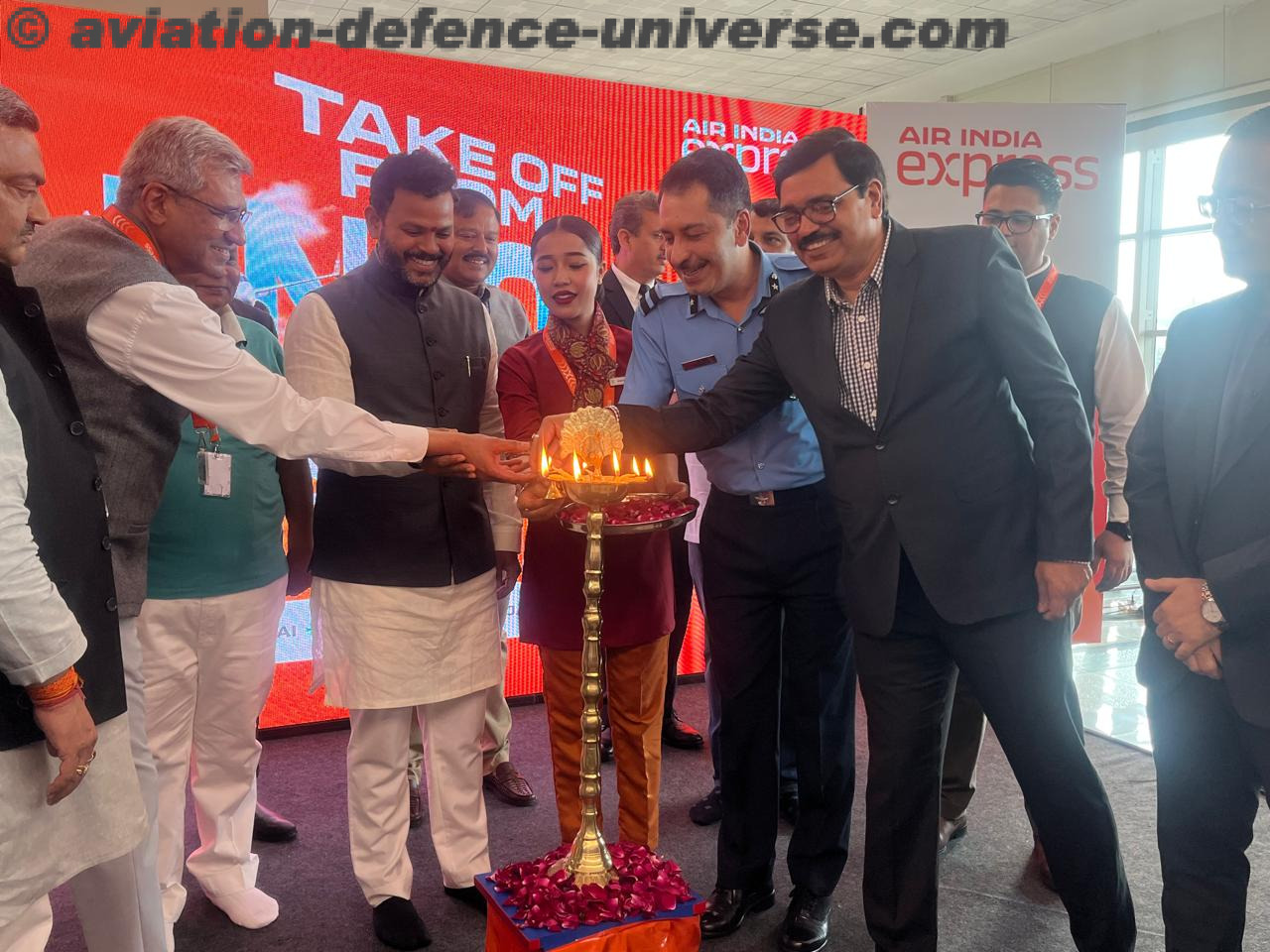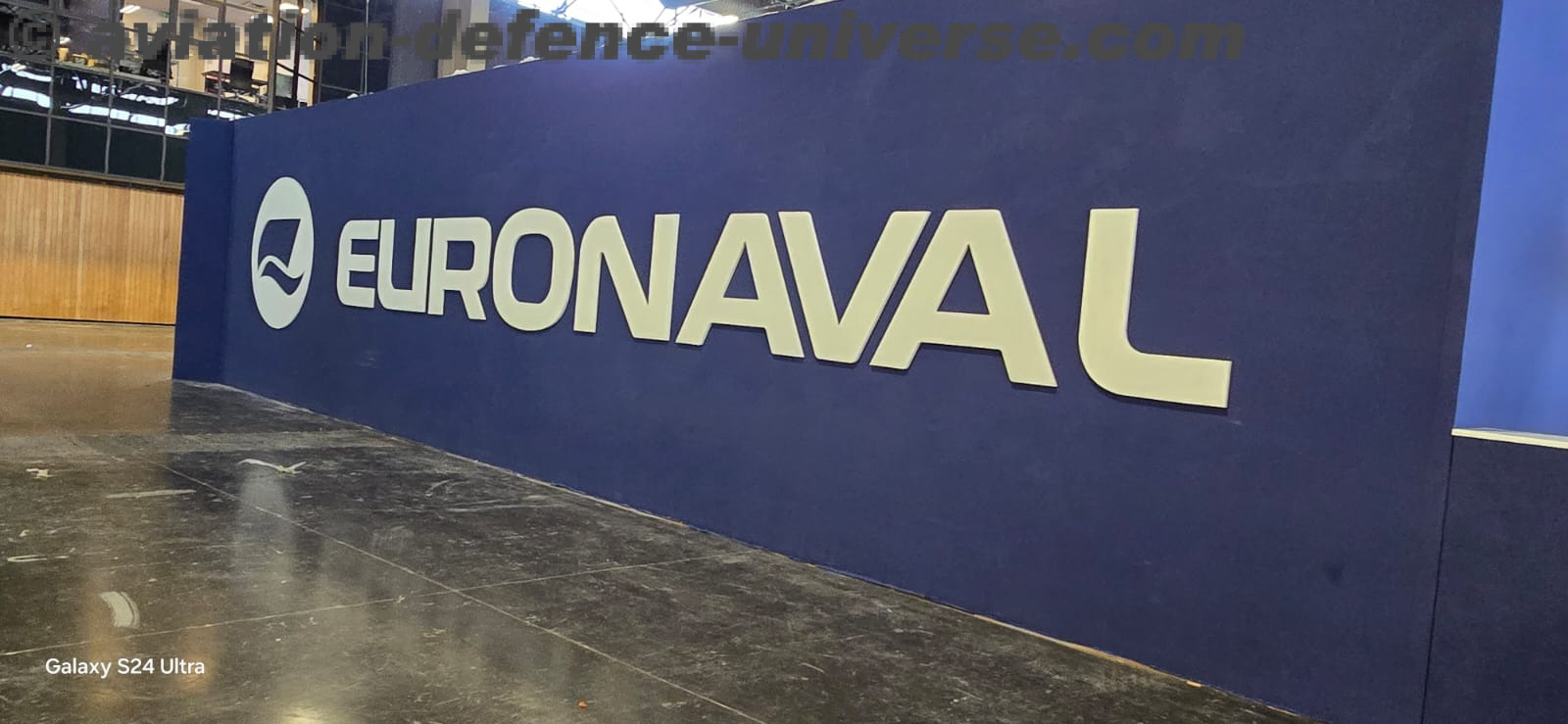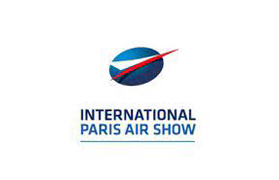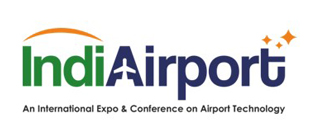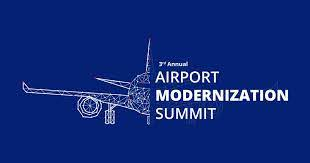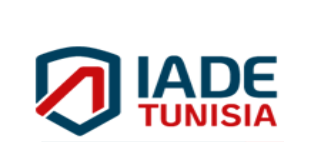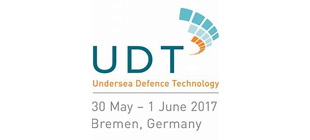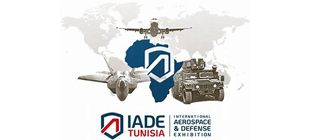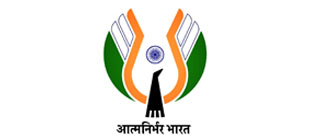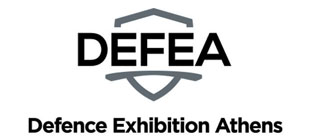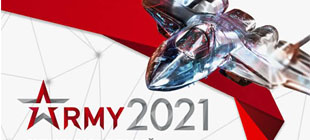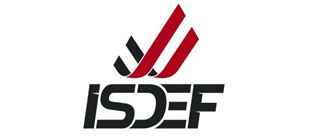- Tata Elxsi’s partners with Garuda Aerospace for innovation in unmanned technology
Bangalore. 17 February 2025. “By focusing on indigenization, certification, and regulatory compliance, we can ensure that India’s drone technology is aligned with global standards while reducing dependency on foreign suppliers. These advancements will not only bolster India’s defense sector but also enable commercial applications in surveillance, disaster response, and precision agriculture. This partnership therefore reflects a broader push toward making India a leader in aerospace innovation, leveraging AI-driven solutions for both military and civilian applications,” stated Jayaraj Rajapandian, Head of Aerospace, Rail & Off-highway, Tata Elxsi, in an exclusive interview with Aviation & Defence Universe (ADU).
ADU. How can the drone industry leverage AI and machine learning to achieve greater efficiency and cost-effectiveness?
Jayaraj Rajapandian. AI and ML are transforming the aviation industry by enhancing automation, operational efficiency, and cost-effectiveness. AI-powered autonomous solutions enables drones to autonomously adapt to environmental conditions, improving safety and precision in applications such as surveillance, agriculture, and logistics. Machine learning models help optimize flight paths, reducing energy consumption and extending battery life, which is crucial for commercial and defense applications.
Additionally, AI-driven predictive maintenance allows for early detection of component failures, reducing downtime and repair costs. Advanced computer vision techniques enable drones to identify objects, track movements, and process real-time data for enhanced situational awareness.
In Tata Elxsi’s collaboration with Garuda Aerospace, AI plays a critical role in structural design optimization and battery management. AI-driven analytics ensure optimal power distribution, enhancing drone endurance and efficiency. By integrating intelligent automation and data-driven insights, the industry can achieve scalable, cost-efficient drone operations. This shift is particularly significant for large-scale applications defense, eCommerce, transportation and utility services where AI-powered drones can operate autonomously with minimal human intervention.
ADU. What are the major indigenous development initiatives that can help advance India’s AI capabilities for defense and economic purposes?
Jayaraj Rajapandian. India is taking significant steps to strengthen its AI capabilities through various indigenous initiatives. The Defense AI Council (DAIC), under the Ministry of Defense, is spearheading AI-driven military applications, including autonomous surveillance, predictive analytics, and AI-powered cybersecurity measures. The Defense Research and Development Organization (DRDO) is actively investing in AI-based unmanned systems, focusing on smart weaponry, autonomous reconnaissance, and AI-enhanced battlefield decision-making.
On the economic front, the National AI Strategy (NITI Aayog) and the IndiaAI Mission are fostering AI research and startup ecosystems, promoting AI-driven solutions in healthcare, agriculture, and infrastructure. The Make in India and Startup India initiatives further encourage the development of AI-powered indigenous technologies, reducing dependence on foreign solutions. These initiatives are strongly backed up by the annual budget allocated and the priority set by the government of India.
Tata Elxsi’s collaboration with Garuda Aerospace aligns with these national priorities, emphasizing self-reliance in drone technology. Our work on AI-powered UAVs supports both defense and commercial applications, boosting India’s aerospace sector with homegrown innovation. By focusing on indigenization, certification, and AI-driven automation, these partnerships are integral to enhance India’s long-term technological and strategic objectives.
ADU. What are the implications of autonomous systems in the future of eVTOL?
Jayaraj Rajapandian. Autonomous systems are set to redefine urban mobility, introducing safer, more efficient, and sustainable transportation solutions. AI-powered drones and autonomous vehicles will play a pivotal role in logistics, emergency response, and infrastructure monitoring. In smart cities, autonomous drones can streamline last-mile delivery, optimize traffic flow through aerial monitoring, and enhance law enforcement capabilities with real-time surveillance.
A key challenge in integrating autonomous systems is regulatory compliance and public safety. AI-driven traffic management systems will need to coordinate with ground and air transport networks to prevent congestion through resolving conflicts and ensure operational efficiency. Battery technology and energy optimization will be critical in ensuring the long-term feasibility of autonomous mobility.
Our collaboration with Garuda Aerospace incorporates our expertise in AI-driven navigation and battery management to the development of drones that can integrate seamlessly into urban airspace. Future advancements in eVTOL (Electric Vertical Takeoff and Landing) drones and AI-driven fleet management could pave the way for aerial ridesharing, significantly altering the urban mobility landscape.
ADU. In light of their collaboration with Garuda Aerospace, how will Tata Elxsi’s focus on structural design and battery management help enhance India’s aerospace sector?
Jayaraj Rajapandian . Tata Elxsi’s partnership with Garuda Aerospace is a step toward strengthening India’s aerospace capabilities through innovation in UAV technology. Structural design improvements are crucial in making drones lighter, more aerodynamic, and capable of carrying higher payloads. Our expertise in materials engineering ensures that drones are optimized for durability, efficiency, and high-performance operations across sectors such as defense, security, agriculture, and logistics.
Battery management is another critical area where AI-driven solutions enhance efficiency. Tata Elxsi’s advanced power optimization strategies help extend battery life, reduce charging time, and improve overall drone performance. AI-powered battery monitoring systems enable predictive analytics, ensuring minimal downtime and longer operational cycles.
ADU. How can India balance the potential benefits of AI and ML in defense with the need to address concerns related to data privacy, cybersecurity, and autonomous weapons systems?
Jayaraj Rajapandian. The increasing reliance on AI and ML in defense presents both opportunities and challenges. While AI-driven autonomous systems enhance surveillance, threat detection, and combat efficiency, they also raise concerns about data privacy, cybersecurity, and ethical considerations surrounding autonomous weapons.
India can address these challenges by adopting a multi-layered AI governance approach that includes regulatory oversight, ethical AI frameworks, and strict cybersecurity protocols. The government is already working on the National AI Policy to establish guidelines on responsible AI usage. Additionally, human-in-the-loop systems, where human operators oversee AI-driven decisions, can ensure ethical deployment in defense applications.
Cybersecurity remains a top priority, as AI-powered defense systems are vulnerable to cyber threats. Implementing end-to-end encryption, secure AI training datasets, and robust firewall mechanisms can mitigate risks. AI explainability and accountability frameworks should also be integrated to ensure that AI-driven decisions are transparent and traceable.
Tata Elxsi’s focus on AI-powered aerospace solutions aligns with this balanced approach. Our emphasis on secure AI implementation, compliance with defense regulations, and human-assisted automation ensures that AI-driven defense solutions are both effective and ethically responsible. By maintaining a strong regulatory and technological framework, India can harness AI’s full potential while safeguarding national security.
As told to Sangeeta Saxena


